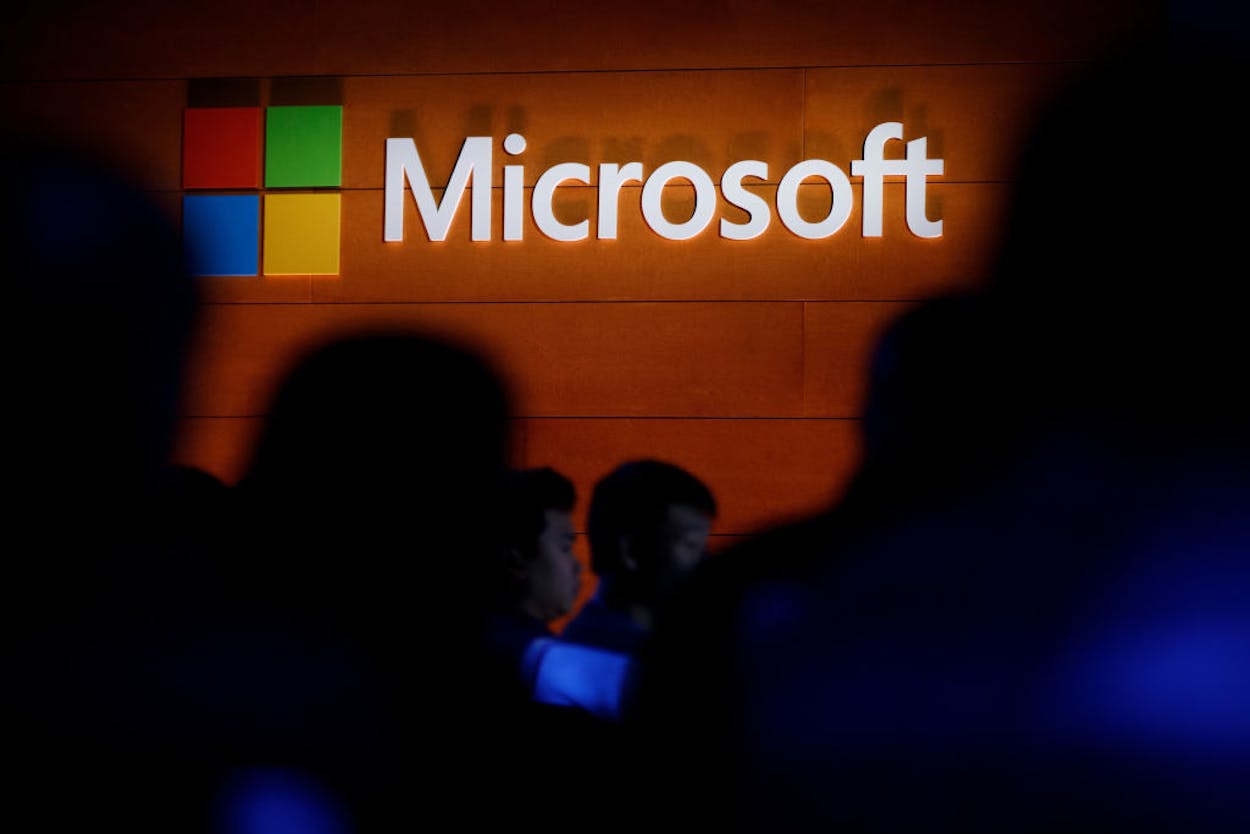Azure, Microsoft’s cloud computing service, just made it easier for companies to track their energy emissions on a nearly real-time basis. According to Greenbiz, Microsoft’s Smart Energy Azure Demonstration platform uses technology from WattTime, which uses data from the EPA and power grid operators around the country, to allow companies to track carbon emissions. Microsoft’s partnership with WattTime will “give power users the freedom to choose when and potentially where they want their electricity to come from,” Rob Bernard, Microsoft’s chief environmental and cities strategist, said. “For the first time, customers can know the carbon footprint of the power generator that will be tapped when they flip on a switch. This allows customers to optimize when and where they use power in order to reduce their emissions.”
WattTime’s technology aims to make it easier for even the average individual to better regulate and reduce their carbon footprint. For companies, information was typically available as a yearly average, but now, companies that use Microsoft Azure could be able to get updated emissions information every five minutes. A demonstration is available on GitHub, along with an explanation that breaks down how the technology works:
This is a demonstration solution to show how data from several Web based APIs can be mined, visualised and acted upon in a Microsoft Azure solution. This solution collects real-time Carbon Emissions data from the WattTime API, and global Weather data and weather forecasts from the Wunderground API. It then visualises this data over time to allow the user to understand the relationship between the two. It demonstrates the ability to collect related pieces of data into a single place to allow automation to act upon the conclusions extracted from it.
Microsoft is reportedly testing the program in different regions in the U.S., but provided Greenbiz with an example from Princeton University only. The university uses a combination of energy sources, including the Princeton Energy Plant, to provide “electricity, steam, and chilled water to power, heat, and cool the buildings on the Princeton University campus.” The university used to determine its energy needs using information about cost, supply, and data on carbon dioxide emissions that was months old. Conor Kelly, a software engineer for energy analytics and automation with Microsoft Ireland, told Greenbiz that now Princeton will be able to make better determinations of their energy usage with more up to date information their carbon dioxide emissions.
“We’re seeing more windows where there are opportunities for low-cost, low-emissions electricity,” Kelly said. “They will better know when to target their energy consumption.”
For now, setup for the program requires assistance from software experts using Microsoft Azure. That’s where the GitHub demo comes in. Kelly told Greenbiz that the process may become automated in the future, however.
- More About:
- Energy








